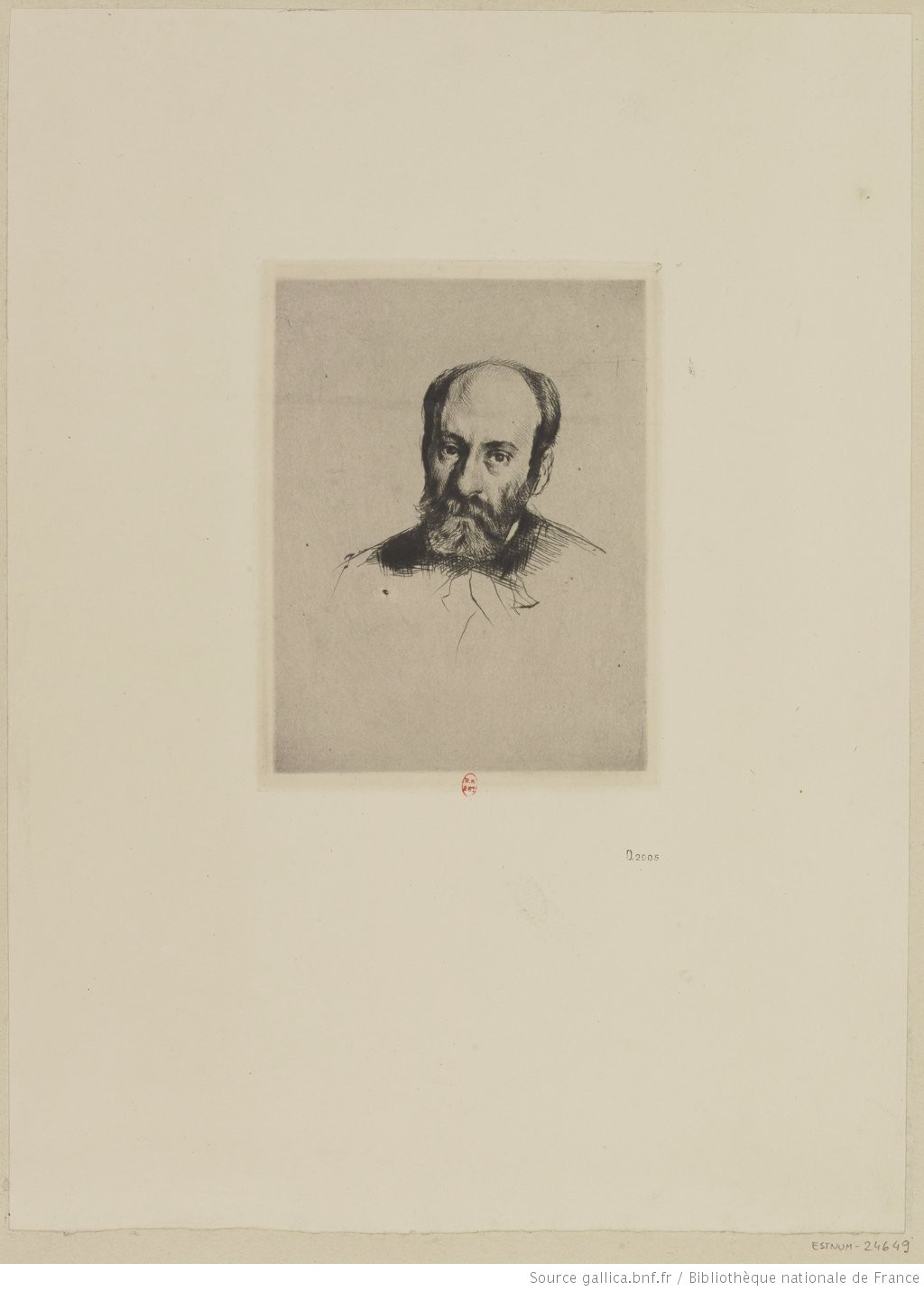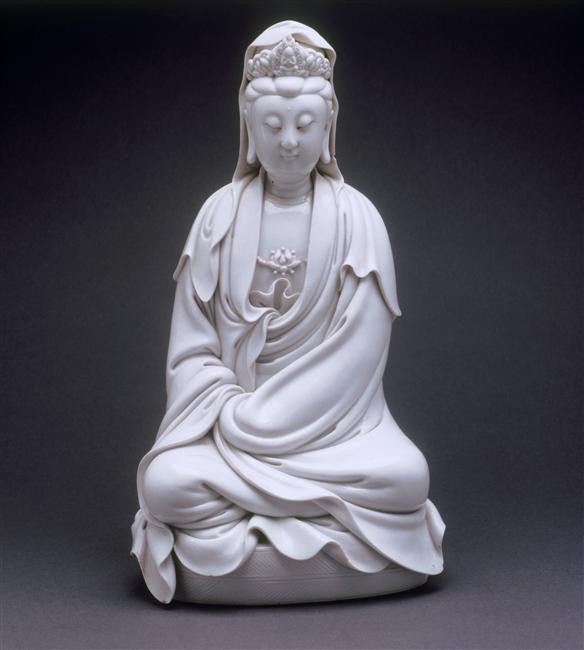
SICHEL Auguste, Philippe and Otto (EN)
Biographical Article
Sylvestre Auguste Sichel (March 29, 1838-May 13, 1886), David Philippe Sichel (1841-1899), and Paul Otto Sichel (January 28, 1846-1891) were three Parisian art dealers active during the second half of the 19th century. Sons of Emmanuel Sichel and Louise Faedel, they were all born in Frankfurt am Main, Germany.
Auguste Sichel, the eldest, arrived in Paris in 1859 (AN, B/11/1223/B). He was the first to see his name appear in the Annuaire-Almanach du Commerce Didot Bottin in 1877. He established himself at 11 rue de Pigalle and sold "objects from China" (p. 1893). The following year's directory gives more detailed information about his trade: he is listed in the "curiosities" section where it is stated that he specialises in the "import of artistic objects from China and Japan", “Antiquities", and "Curiosities" (1878, p. 929). Auguste continues to be mentioned there in the following years. He moved to 37 rue de Clichy in 1884 (Annuaire-Almanach, 1884, p. 1031). His brothers appear in the directory in 1886: Philippe (arrived in France in 1856, AN, B/11/1561/A) and Otto were partners and offered "objects from China" at 11 rue Pigalle. This address, the place of business of the three brothers, was also that of their residence and that of their parents. Only the name of Philippe Sichel appears there from 1894 (Annuaire-Almanach, 1894, p. 2763). He then settled at 23 rue Blanche from 1897 (Annuaire-Almanach, 1897, p. 2542) until 1899. Some of the three brothers’ activity also took place in London (Put M., 2000, p. 33). Displaying a trade resolutely oriented towards Asian arts, the Sichels also offered Western objects for sale, in particular from the French 17th and 18th centuries.
The nature of the professional ties between the three brothers is not well understood: all three may have worked under the banner of Auguste Sichel, at least for a while, or more independently. Paul Eudel (1837-1911) states that it was Auguste who was the first to start selling works of art from 1865, after having worked for a time with a goldsmith and then traveled to Spain, Egypt, and Turkey (P. Eudel, 1887, p. 184). The two younger brothers and the father were then "called to him" by the eldest son to work together in rue de Pigalle, before breaking away from them to settle in rue de Clichy (P. Eudel, 1887, p. 184).
Philippe Sichel had already been practicing for several years when he undertook a trip to Japan in 1874 on the advice of Henri Cernuschi (1821-1896) (Sichel P., 1883, p. 1). Perhaps accompanied by his partner, about whom we only know the name, Réal (Put M., 2000, p. 35), he met up with one of his brothers - his travelogue published in 1883 does not specify which one, but it was probably not Auguste (Put M., 2000 p. 35; Moscatiello M., 2011, p. 149). Max Put noted how singular this book was: going beyond the simple travelogue of a still little-known country whose civilisation feeds the imagination, Philippe Sichel delivers a chronicle of frantic purchases, offering one of the rare direct testimonies of the activity of an Asian art dealer of the time (Put M., 2000, p. 19). Returning with more than 1,000 objects purchased in Japan, the ease with which this stock was sold testifies to the enthusiasm for such objects during the period, as well as to the solidity of the Sichels’ commercial base in the Parisian milieu of curiosities. In addition to Japan, supplies might also have been sourced by the Sichels directly from Beijing, as suggested by the testimony of a journalist referring to one of the brand's last arrivals in 1875 ("Notes and News", 1875, p. 22- 23).
Highly active in the auction room (L. Saint-Raymond, 2021, p. 445-446), the Sichels also traded with many clients, including renowned collectors, such as Charles Ephrussi (1849-1905), Ernest Grandidier (1833-1912), George Salting (1835-1909) (Eudel P., 1885, p. 93-94), and Edmond de Goncourt (1822-1896). Philippe and Auguste often appear in the latter’s Journal. The eldest seems to have been closest to Goncourt, who continued to correspond with his family after the merchant's early death in 1886. One of the Sichels, perhaps Philippe or Auguste, regularly received the Chinese porcelain collector Octave du Sartel (1823-1894) who came to examine the latest arrivals in his shop (Du Sartel O., 1881, p. 145). The latter also specifies that one of the Sichel's suppliers was "Ma-Tiem-Pao" (Du Sartel O., 1881, p. 147-148), an antique dealer from Shanghai who can be compared to the merchant "Tien-Paô" mentioned several times by Edmond de Goncourt in his Journal. Part of the first generation of Japonisme, the Sichels seem to have endedtheir trade following the death of Philippe in 1899.

The Collection
A large number of Asian objects passed through the hands of the Sichel brothers. It is almost impossible to identify precisely the share of each in this trade, as the archives and old inventories of museums most often indicate only the seller’s surname, and rarely their address.
The Sichels provided some Asian pieces to the Union centrale des arts décoratifs and to the Musée Adrien Dubouché in Limoges. Their contacts with these two institutions, however, seem to have concerned European objects. At the Musée Guimet, the pieces are also few; the Sichels donated four pieces to it: a Japanese flower vase, a Chinese porcelain spherical vase, an embroidered kakemono (see Jubilee, 1904, p. 62), and a print (gift 1898, inv. MG 12382). Two metal pieces purchased by Count Isaac de Camondo in 1874 and 1875 from the Sichels entered the Louvre through the collector's bequest in 1911 and became part of the museum's Far Eastern collection: a Chinese helmet iron with silver inlays (inv. EO 1591) in 1874 and a Chinese iron box (inv. EO 1593).
Ernest Grandidier's collection sheds some new light on the activities of the Sichels: they sold the collector many ceramics, especially Chinese porcelain. 16% of his collection came from the Sichels (Chopard L., 2020). Most of the pieces are of high quality, which reveals the dealers' exceptional eyes. They were responsible for selling the blue Yuan dynasty meiping vase decorated with a white dragon to Grandidier (Mnaag, inv. G 1211; Besse X., 2004, p. 48). Grandidier also acquired one of his favourite pieces from them, a statuette of the bodhisattva Guanyin in blanc de Chine from the reign of Kangxi (Mnaag, inv. 535; Besse X., 2004, p. 94), whose delicacy of modelling and purity of glaze he noted in his book La Céramique chinoise (1894, p. 102). A final work illustrates the technical and ornamental excellence of the pieces selected by the Sichels: a marked famille rose porcelain bottle from the reign of Qianlong purchased before 1894 (Mnaag, inv. 620), of which a similar example went on sale at Sotheby's in June 2018. According to the dates of acquisition of the pieces in the collection, Grandidier seems to have mainly made his acquisitions from Philippe Sichel. The latter also donated a statuette (inv. G 4579) to him in October 1898, a few months before his death, marking Grandidier's last acquisition from a dealer in this family.

Related articles
Personne / personne

Personne / personne
Personne / collectivité

Personne / personne
